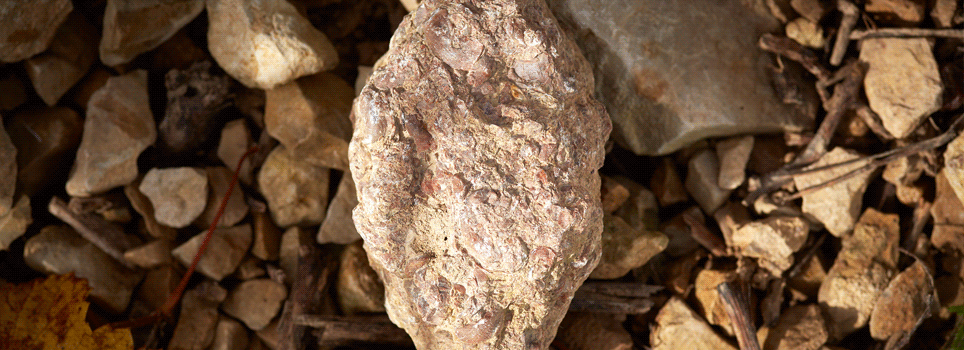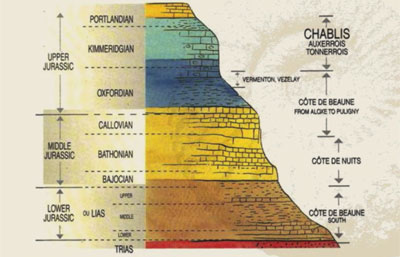
The interpretation of Chardonnay through the soil and climate of Chablis turn this variety into a unique wine around the world.
Mont de Milieu, Montmains, Fourchaume, Vaucoupins... These premier crus are celebrated for their quality and their unique personalities despite being geographically very close. For J. Moreau & Fils, the terroir of Chablis is a challenge for winemaking. Indeed, for house winemaker Lucie Depuydt, it’s all about expressing the excellence of this challenging land. The morphology of this steeply contoured land along with soil that is sometimes very shallow, lying on hard marls and limestone, means they are not suited to vine cultivation. However...

Some 250 million years ago, during the secondary era, a huge geological shift took place. Continental shifts completely changed the lie of the land. The Parisian basin, including Chablis, was covered by the sea, and for 100 million years, it laid down limestone sediments, shellfish and other mollusks. During the relatively short Kimmeridgian* period, which lasted around five million years, some of these species fossilized, notably Exogyra virgula, which established reefs which formed a very special geological strata.
At the end of the Jurassic period, 200 to 145 million years ago, the sea disappeared. The center of the huge Parisian basin collapsed under the weight of successive geological layers, giving rise to “cuestas”, reliefs that resemble the edges of a basin, formed by the older layers. Chablis is located on one of these cuestas upon which lies the famous subsoil known as Kimmeridgian.
A few million years later, the land has proved a unique location where the Chardonnay vine can flourish, creating different nuances of minerality from smoky to fruity to floral, depending on the appellation.


